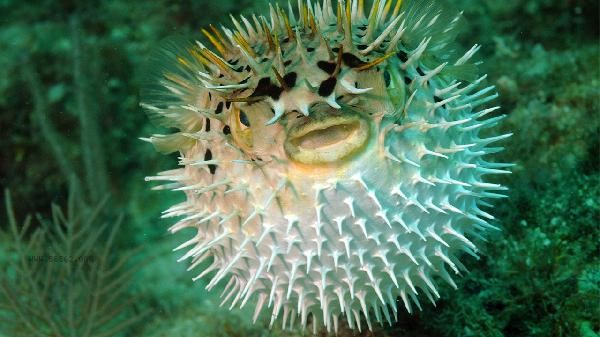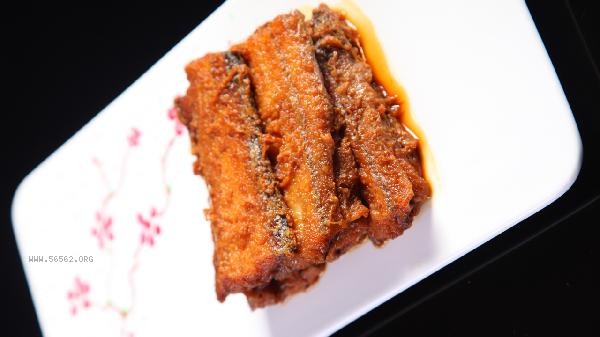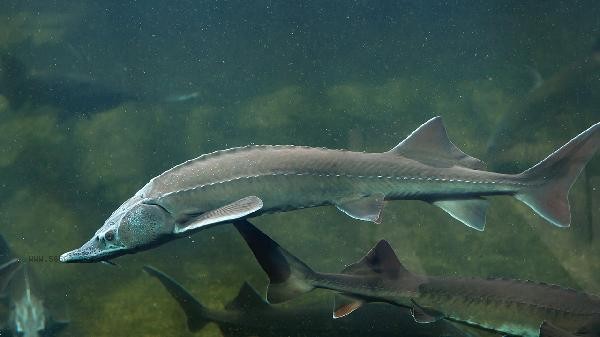The key to a non stick pan for frying hairtail lies in controlling the oil temperature, processing the fish body, and selecting appropriate cookware. There are mainly methods such as hot pot and cold oil, fish body drying, powder coating, using non stick pans, and avoiding frequent flipping.

1. Before frying hairtail in a hot pot with cold oil [SEP], the empty pot should be heated until slightly smoky, then an appropriate amount of cooking oil should be added and the pot should be shaken to moisten the pot. High temperature can form an oil film on the surface of the pot, and the oil temperature gradually increases after the fish is cooled, reducing direct contact between the fish meat and the bottom of the pot. When the oil temperature reaches 60-70% hot, put in the hairtail, and the fish skin will quickly form a protective layer.
2. Dry the fish body
After cleaning the hairtail, use kitchen paper to thoroughly absorb surface moisture, especially wiping off any blood in the abdominal cavity. Wet fish bodies exposed to high temperature oil can easily cause rapid coagulation and adhesion of proteins. Drying treatment can effectively prevent oil bursting and bottom sticking. The processed hairtail can be placed in a ventilated area to air dry for 10 minutes, further reducing surface humidity.
3. Powder coating treatment
Lightly tap a thin layer of starch or flour on the surface of hairtail to form an isolation barrier. Starch gelatinizes when exposed to heat, producing a crispy shell that can lock in fish juice and prevent damage to the skin. It is recommended to choose corn starch or sweet potato starch, wrap it in flour and let it stand for 3 minutes to allow the flour to regain moisture, making it less likely to peel off during frying.
4. Using a non stick pan

ceramic or PTFE coating on a flat bottomed non stick pan can significantly reduce the probability of adhesion. Before using the new pot, it is necessary to wipe the inner wall with ginger slices to enhance anti sticking properties. When frying fish, maintain a low to medium heat to avoid high temperature damage to the coating. If using an iron pot, it is necessary to fully nourish the pot with oil in advance to form an oil film, clean and dry the fish in a timely manner after frying to prevent rust.
5. Avoid frequent flipping
After putting the fish into the pot, be patient and wait for 2-3 minutes until the bottom is completely set before flipping. Flipping too early can cause the fish skin to tear. Use chopsticks to gently push and test if it sticks to the pot. Maintain a medium to low flame throughout the entire process to ensure even heat penetration, as high flames can easily cause external burning and internal combustion. When frying, the pot can be tilted to evenly heat the fish head and tail.
When frying hairtail, it is recommended to pair it with ginger slices or sprinkle a little salt to enhance the anti sticking effect. After frying, place it on kitchen paper to absorb excess oil. In daily diet, hairtail is rich in high-quality protein and omega-3 fatty acids, making it suitable for various cooking methods such as steaming and braising. Pay attention to choosing fresh hairtail with clear eyeballs and bright red gills, and remove the abdominal black film to reduce the fishy smell during processing. cardiovascular disease patients should control their food intake and avoid high-temperature frying that can damage nutritional components.









Comments (0)
Leave a Comment
No comments yet
Be the first to share your thoughts!